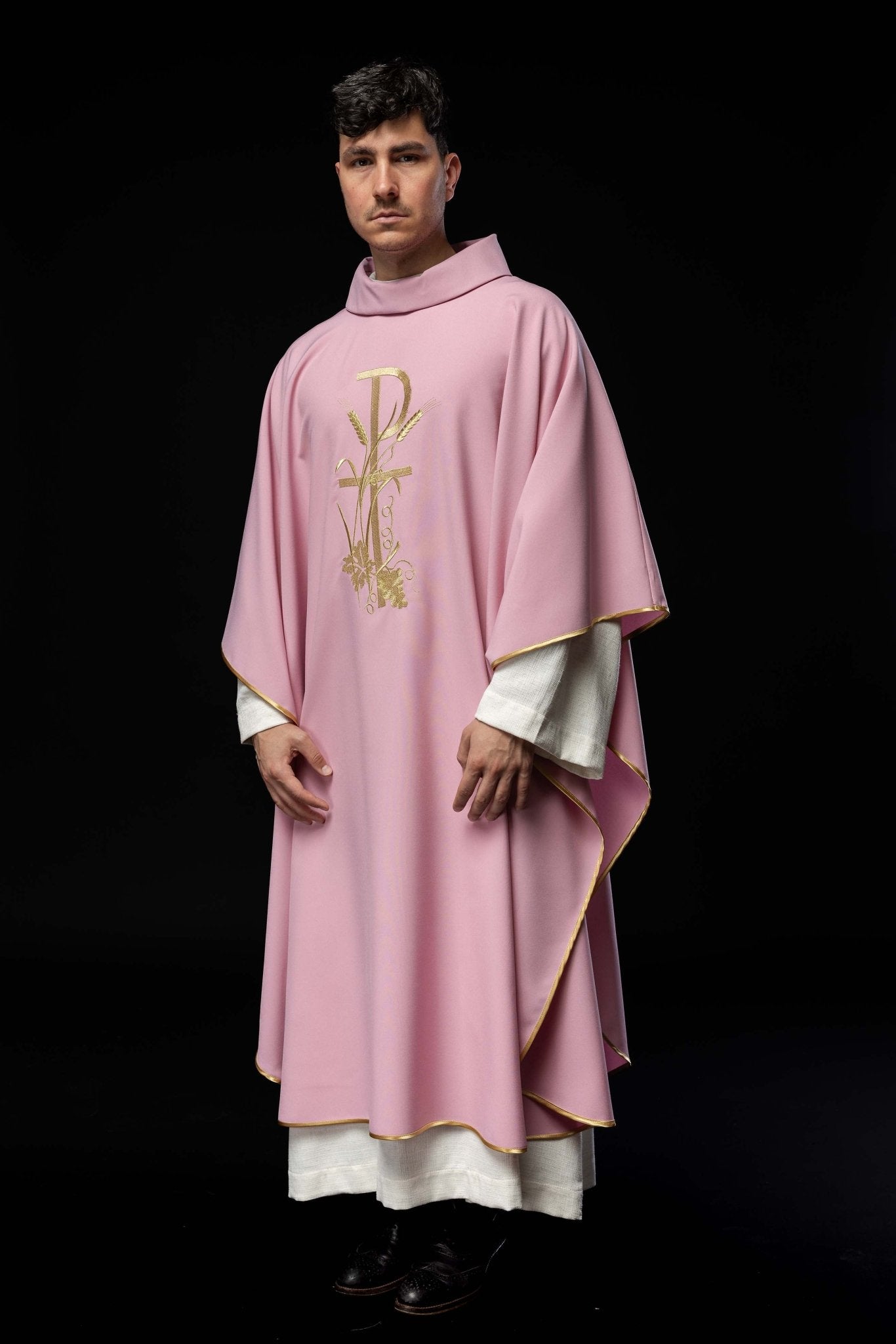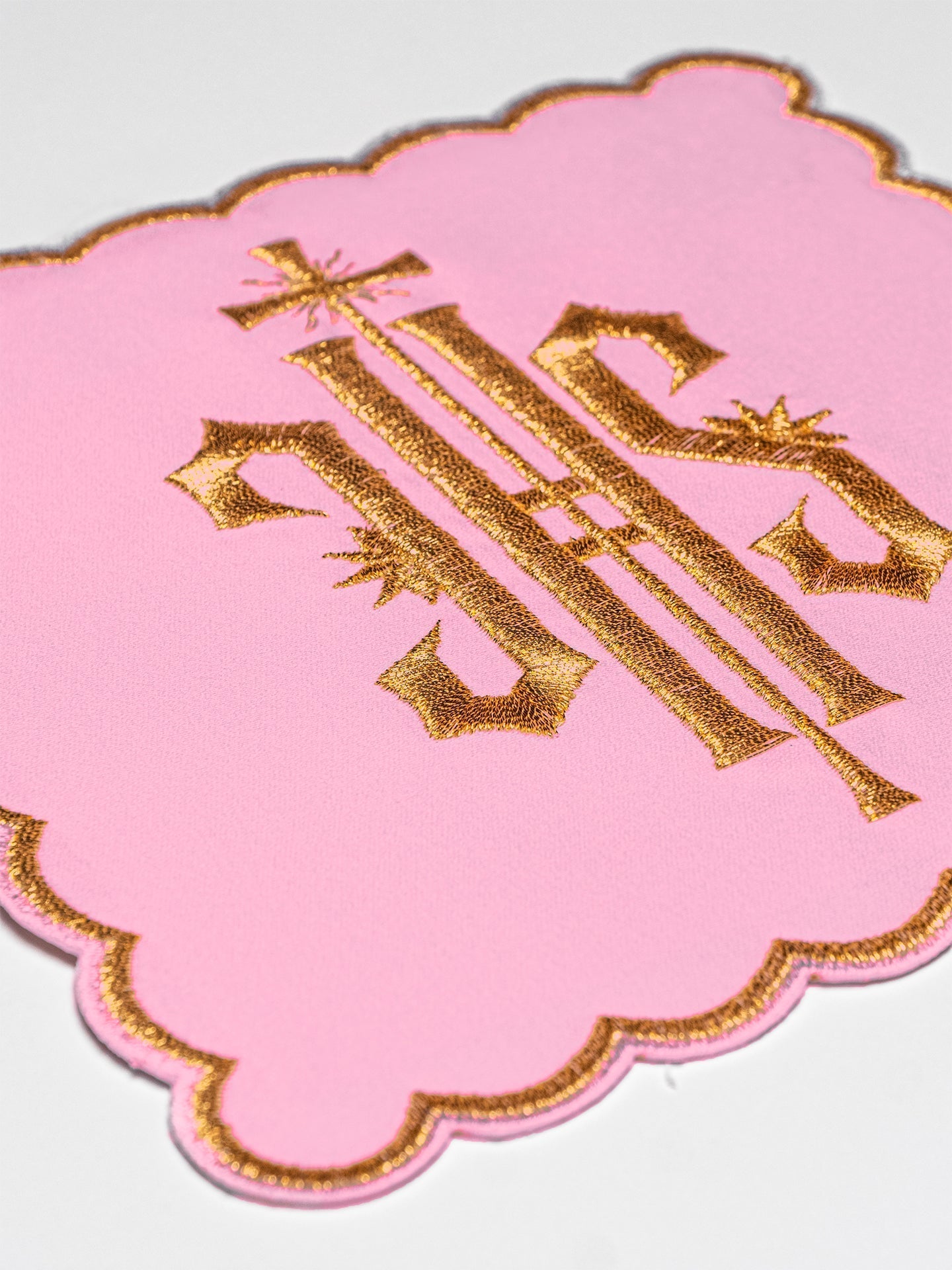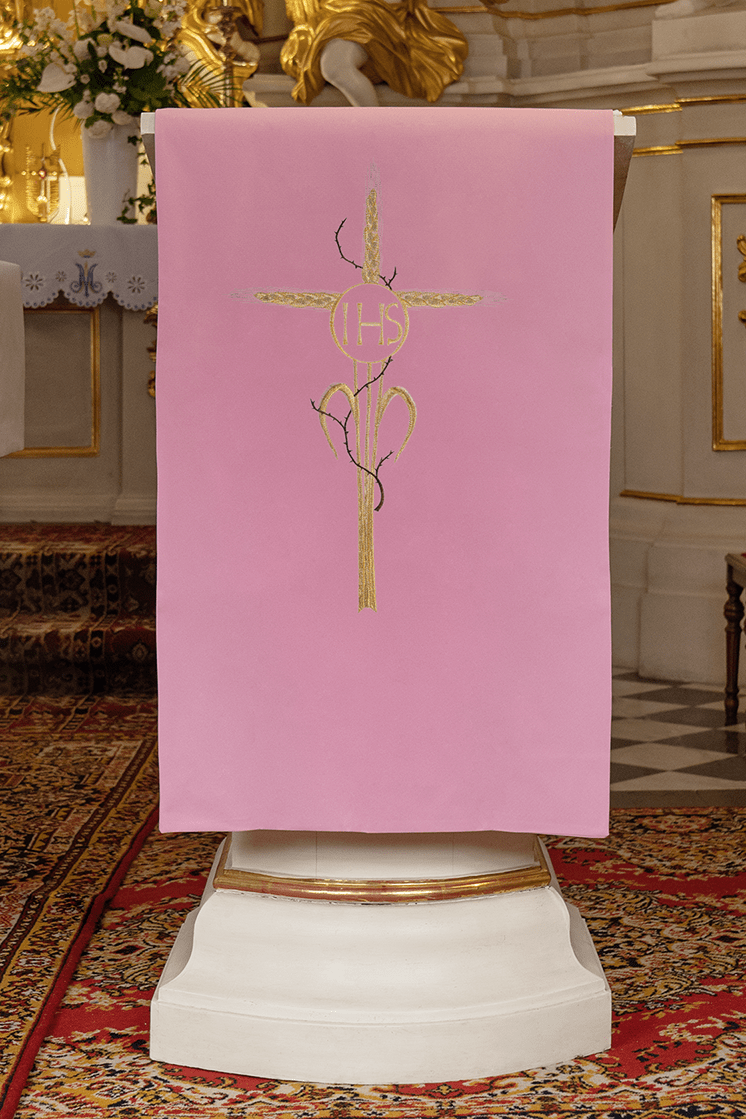Gaudete Sunday: A Celebration of Joy and Hope
Understanding Gaudete Sunday
Gaudete Sunday, also known as Rose Sunday, is the third Sunday of Advent in the Western Christian liturgical calendar. It marks a shift in tone from the somber reflection of the first two weeks of Advent to a more joyful anticipation of the Nativity of Jesus at Christmas. The term Gaudete comes from the Latin word meaning rejoice, which is the first word of the Introit of the Mass for that day: Gaudete in Domino semper: iterum dico, gaudete (Rejoice in the Lord always again I say, rejoice). This Sunday serves as a reminder that the waiting and preparation of Advent are drawing to a close, and the joy of Christ's birth is near.
The Significance of Gaudete
The significance of Gaudete Sunday lies in its symbolic representation of hope and joy amidst the season of Advent. It provides a mid-Advent encouragement to the faithful, reminding them to persevere in their spiritual preparations for Christmas. The readings and prayers during the Mass on Gaudete Sunday emphasize the themes of joy, hope, and anticipation, offering a spiritual boost as the faithful approach the culmination of Advent.
Liturgical Practices on Gaudete Sunday
Gaudete Sunday is marked by several distinctive liturgical practices that reflect its joyful character. These practices include the use of rose-colored vestments, the lighting of the rose-colored candle on the Advent wreath, and the inclusion of joyful hymns and prayers in the Mass.
Rose-Colored Vestments
One of the most visible signs of Gaudete Sunday is the use of rose-colored vestments by the clergy. This is a departure from the traditional violet or purple vestments worn during Advent, which symbolize penance and preparation. The rose color represents a softening of the penitential mood, signifying the approaching joy of Christmas. The use of rose vestments serves as a visual reminder of the hope and anticipation that characterize Gaudete Sunday.
The Rose Candle on the Advent Wreath
Another distinctive practice of Gaudete Sunday is the lighting of the rose-colored candle on the Advent wreath. The Advent wreath, typically made of evergreen branches, holds four candles, each representing a week of Advent. The first two candles are usually purple, symbolizing penance and preparation. The third candle, lit on Gaudete Sunday, is rose-colored, representing joy and anticipation. The lighting of the rose candle serves as a visual reminder of the approaching joy of Christmas and the hope that it brings.
Joyful Hymns and Prayers
The Mass on Gaudete Sunday includes joyful hymns and prayers that reflect the themes of hope, joy, and anticipation. The Introit, as mentioned earlier, begins with the word Gaudete, setting the tone for the entire Mass. The readings from Scripture also emphasize the themes of joy and hope, encouraging the faithful to rejoice in the Lord always. The prayers during the Mass express gratitude for God's gift of salvation and anticipation of the coming of Christ.
Historical Context of Gaudete Sunday
The origins of Gaudete Sunday can be traced back to the medieval period, when the liturgical calendar began to take shape. The practice of marking the Sundays of Advent with specific themes and practices emerged gradually, with Gaudete Sunday becoming a distinct celebration of joy and hope. The historical context of Gaudete Sunday provides insight into its significance and its place within the broader tradition of Advent.
Medieval Origins
The medieval period saw the development of many of the liturgical practices that are still observed today. The Sundays of Advent were gradually assigned specific themes and readings, with Gaudete Sunday emerging as a distinct celebration of joy. The use of rose-colored vestments and the lighting of the rose candle on the Advent wreath became associated with Gaudete Sunday during this time, symbolizing the approaching joy of Christmas.
Evolution of Liturgical Practices
Over the centuries, the liturgical practices associated with Gaudete Sunday have evolved and adapted to changing cultural contexts. While the basic themes of joy and hope have remained constant, the specific ways in which these themes are expressed have varied. The use of music, art, and other forms of expression has enriched the celebration of Gaudete Sunday, making it a meaningful and relevant experience for the faithful.
Theological Significance of Gaudete Sunday
Gaudete Sunday holds deep theological significance, reflecting the themes of hope, joy, and anticipation that are central to the Christian faith. It serves as a reminder that the waiting and preparation of Advent are not simply about penance and sacrifice, but also about joyful anticipation of the coming of Christ. The theological significance of Gaudete Sunday provides a deeper understanding of its meaning and its place within the broader context of Christian theology.
Hope in the Midst of Advent
One of the key theological themes of Gaudete Sunday is hope. In the midst of the somber reflection and preparation of Advent, Gaudete Sunday offers a reminder that the waiting will soon be over, and the joy of Christmas is near. This hope is not simply a wishful thinking, but a confident expectation based on the promises of God. The readings and prayers during the Mass on Gaudete Sunday emphasize the importance of hope in the Christian life, encouraging the faithful to trust in God's faithfulness.
Joyful Anticipation
Another important theological theme of Gaudete Sunday is joyful anticipation. The faithful are called to rejoice in the Lord always, even in the midst of trials and tribulations. This joy is not simply a fleeting emotion, but a deep and abiding sense of peace and contentment that comes from knowing God's love. The Mass on Gaudete Sunday is filled with joyful hymns and prayers that express this sense of anticipation, reminding the faithful to look forward to the coming of Christ with hope and joy.
Gaudete Sunday in Contemporary Practice
Today, Gaudete Sunday continues to be celebrated in churches around the world. While the specific practices may vary from place to place, the basic themes of joy, hope, and anticipation remain central to the celebration. Gaudete Sunday serves as a reminder that the waiting and preparation of Advent are drawing to a close, and the joy of Christ's birth is near.
Variations in Celebration
The specific ways in which Gaudete Sunday is celebrated can vary from church to church and from culture to culture. Some churches may emphasize the use of rose-colored vestments and the lighting of the rose candle on the Advent wreath, while others may focus on the joyful hymns and prayers during the Mass. The cultural context can also influence the celebration of Gaudete Sunday, with different traditions and customs shaping the way in which the faithful express their joy and anticipation.
Relevance in the Modern World
In the modern world, Gaudete Sunday continues to hold relevance for Christians seeking to deepen their spiritual lives. The themes of hope, joy, and anticipation offer a powerful antidote to the stress and anxiety of contemporary life. Gaudete Sunday serves as a reminder to slow down, reflect on the meaning of Christmas, and rejoice in the coming of Christ. The celebration of Gaudete Sunday can help the faithful to cultivate a deeper sense of peace, joy, and hope in their lives.
The Advent Wreath and Gaudete Sunday
The Advent wreath is a central symbol of the Advent season, and it plays a significant role in the celebration of Gaudete Sunday. Understanding the symbolism of the Advent wreath can enhance one's appreciation of Gaudete Sunday and its message of joy and hope.
Symbolism of the Advent Wreath
The Advent wreath typically consists of a circle of evergreen branches, symbolizing eternal life, and four candles, each representing a week of Advent. The candles are usually purple, symbolizing penance and preparation, but the third candle, lit on Gaudete Sunday, is rose-colored, representing joy and anticipation. The lighting of the candles each week marks the passage of time and the growing anticipation of Christmas.
The Rose Candle: A Sign of Joy
The rose candle on the Advent wreath is a distinctive symbol of Gaudete Sunday. Its color represents a softening of the penitential mood of Advent, signifying the approaching joy of Christmas. The lighting of the rose candle serves as a visual reminder of the hope and anticipation that characterize Gaudete Sunday. It encourages the faithful to rejoice in the Lord always, even in the midst of their preparations for Christmas.
Music and Gaudete Sunday
Music plays a vital role in the celebration of Gaudete Sunday, enhancing the atmosphere of joy and anticipation. Understanding the musical traditions associated with Gaudete Sunday can enrich one's experience of the liturgy.
Traditional Hymns and Carols
The Mass on Gaudete Sunday often includes traditional hymns and carols that express the themes of joy, hope, and anticipation. These musical selections can help to create a festive atmosphere and to uplift the spirits of the faithful. Some popular hymns for Gaudete Sunday include O Come, O Come, Emmanuel, Rejoice, Rejoice, Believers, and Hark! The Herald Angels Sing.
The Role of Choirs and Musicians
Choirs and musicians play an important role in the celebration of Gaudete Sunday, leading the congregation in song and providing musical accompaniment for the liturgy. Their talents and dedication can help to create a beautiful and inspiring worship experience. The selection of appropriate musical pieces and the skillful execution of those pieces can enhance the overall impact of the Gaudete Sunday celebration.
Spiritual Preparation for Gaudete Sunday
To fully appreciate the significance of Gaudete Sunday, it is helpful to engage in spiritual preparation in the days leading up to the celebration. This preparation can involve prayer, reflection, and acts of charity.
Prayer and Reflection
Spending time in prayer and reflection can help to cultivate a deeper sense of joy and anticipation in the days leading up to Gaudete Sunday. This can involve reading Scripture, meditating on the meaning of Advent, and praying for God's grace to prepare one's heart for the coming of Christ. Taking time to slow down and focus on the spiritual aspects of Advent can enhance one's experience of Gaudete Sunday.
Acts of Charity and Service
Engaging in acts of charity and service can also help to prepare one's heart for Gaudete Sunday. This can involve volunteering at a local soup kitchen, donating to a charity, or simply reaching out to help someone in need. By focusing on the needs of others, one can cultivate a spirit of generosity and compassion, which are essential aspects of the Christian life. Acts of charity and service can help to make Gaudete Sunday a more meaningful and fulfilling celebration.
Gaudete Sunday and Family Traditions
Gaudete Sunday can be a wonderful opportunity to create or strengthen family traditions that celebrate the joy and hope of Advent. These traditions can help to make the season more meaningful and memorable for children and adults alike.
Creating Meaningful Traditions
Families can create meaningful traditions for Gaudete Sunday by engaging in activities that reflect the themes of joy, hope, and anticipation. This can involve decorating the home with festive decorations, baking special treats, or reading stories about the meaning of Christmas. The key is to choose activities that are enjoyable and that help to create a sense of connection and belonging.
Sharing the Joy with Others
Gaudete Sunday can also be an opportunity to share the joy of Advent with others. This can involve inviting friends and family over for a festive meal, sending cards or gifts to loved ones, or simply reaching out to offer a word of encouragement to someone in need. By sharing the joy of Advent with others, families can help to spread the message of hope and love that is central to the Christian faith.
Conclusion: Embracing the Joy of Gaudete Sunday
Gaudete Sunday is a special day in the liturgical calendar, offering a moment of respite and joy amidst the somber reflection of Advent. By understanding the significance of Gaudete Sunday, engaging in its liturgical practices, and embracing its themes of hope and anticipation, the faithful can deepen their spiritual lives and prepare their hearts for the coming of Christ. Gaudete Sunday serves as a reminder that the waiting and preparation of Advent are drawing to a close, and the joy of Christmas is near. Let us rejoice in the Lord always again I say, rejoice!
Remember to incorporate practices such as lighting the rose candle, attending special Gaudete Sunday Masses, and reflecting on the readings. Embracing these traditions will help you to fully experience the joy and hope that Gaudete Sunday offers, enriching your Advent journey and preparing your heart for the coming of Christ.



















































